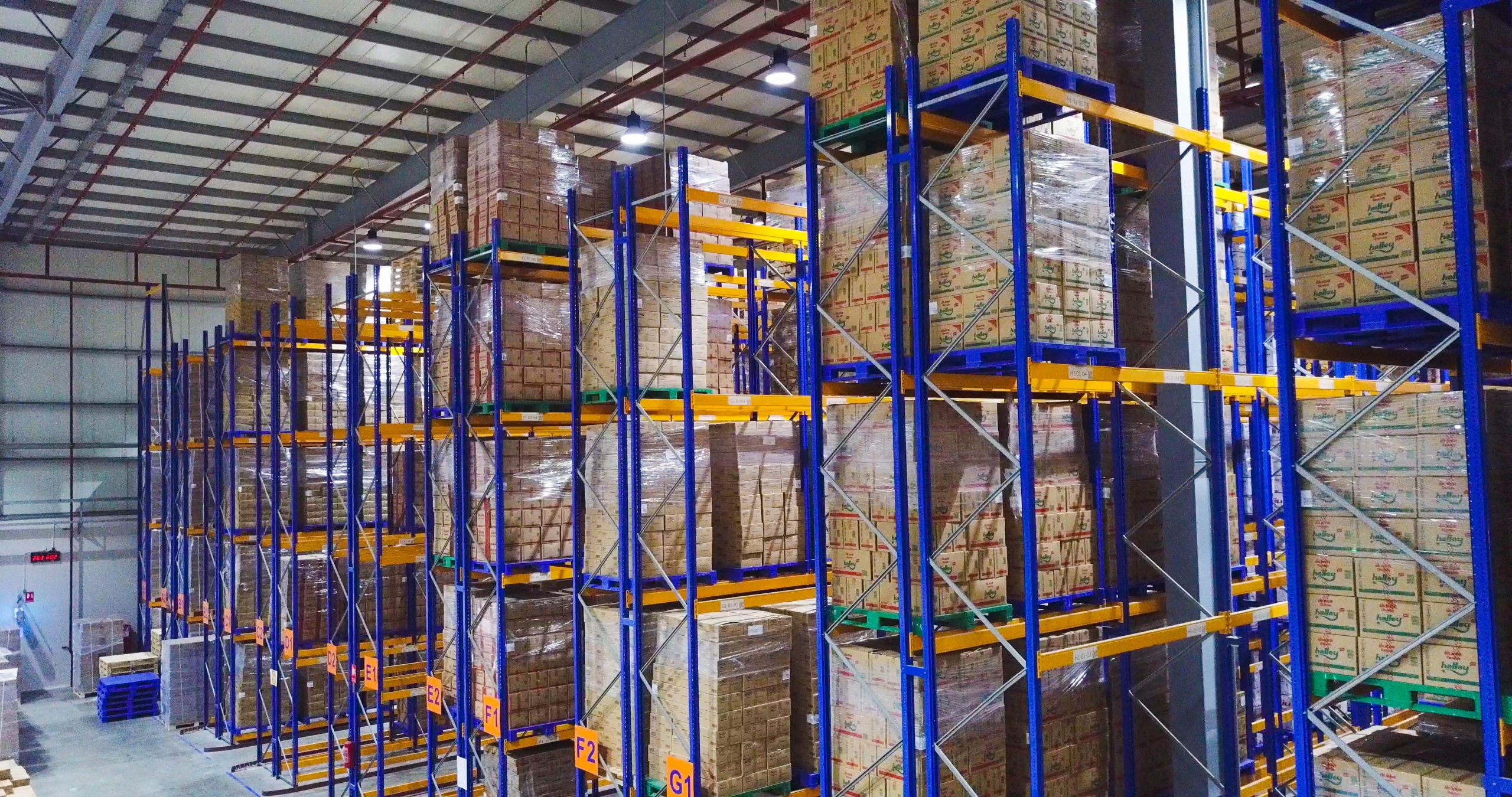
In today's increasingly eco-conscious world, businesses are under pressure to adopt sustainable practices that reduce their environmental impact. This includes the design and management of warehouse racking systems, which play a critical role in the storage and organization of goods. By implementing sustainable practices in warehouse racking systems, businesses can not only reduce their carbon footprint but also improve efficiency and reduce costs.
The Importance of Sustainable Warehouse Racking
Warehouse racking systems are essential in maximizing storage space and facilitating the smooth functioning of a warehouse. However, traditional racking systems often come with a significant environmental cost. From the production of materials like steel to the energy required for transportation and installation, warehouse racking systems can have a large carbon footprint. By incorporating sustainable practices into the design and management of warehouse racking systems, businesses can mitigate these environmental impacts and work towards a greener future.
Key Sustainable Practices
There are several sustainable practices that businesses can implement to make their warehouse racking systems more environmentally friendly. These practices not only benefit the planet but can also lead to cost savings and operational efficiencies. Some key sustainable practices include:
- Optimizing layout and design to maximize space utilization and reduce the need for additional racking
- Using recycled or eco-friendly materials in the construction of racking systems
- Implementing energy-efficient lighting and automation systems to reduce energy consumption
- Regular maintenance and inspection to ensure optimal performance and longevity of racking systems
- Implementing a recycling program for old or damaged racking components
Benefits of Sustainable Warehouse Racking
Adopting sustainable practices in warehouse racking systems can offer a range of benefits for businesses, beyond just environmental impact. Some of the key benefits include:
- Cost savings through reduced energy consumption and materials waste
- Improved efficiency and productivity through optimized space utilization and streamlined processes
- Enhanced corporate image and reputation as a socially responsible and environmentally conscious organization
- Compliance with regulatory requirements and standards related to sustainability and environmental impact
- Long-term cost benefits through the durability and longevity of sustainable racking systems
Case Study: Sustainable Warehouse Racking Implementation
To illustrate the benefits of sustainable warehouse racking practices, let's consider a case study of a distribution center that implemented eco-friendly racking solutions:
Company X Distribution Center
- Company X operates a large distribution center that was facing challenges with limited space and high energy costs
- Implemented sustainable racking practices including optimizing layout, using recycled materials, and upgrading to energy-efficient lighting
- Results included a 20% increase in storage capacity, 15% reduction in energy consumption, and significant cost savings over time
- Improved employee morale and satisfaction due to a more organized and environmentally friendly work environment
Conclusion
In conclusion, sustainable practices in warehouse racking systems are essential for businesses looking to reduce their environmental impact and improve operational efficiency. By incorporating eco-friendly materials, optimizing space utilization, and implementing energy-efficient technologies, businesses can create a more sustainable and cost-effective warehouse environment. The benefits of sustainable warehouse racking extend beyond just the bottom line, offering long-term advantages in terms of reputation, compliance, and employee satisfaction.
